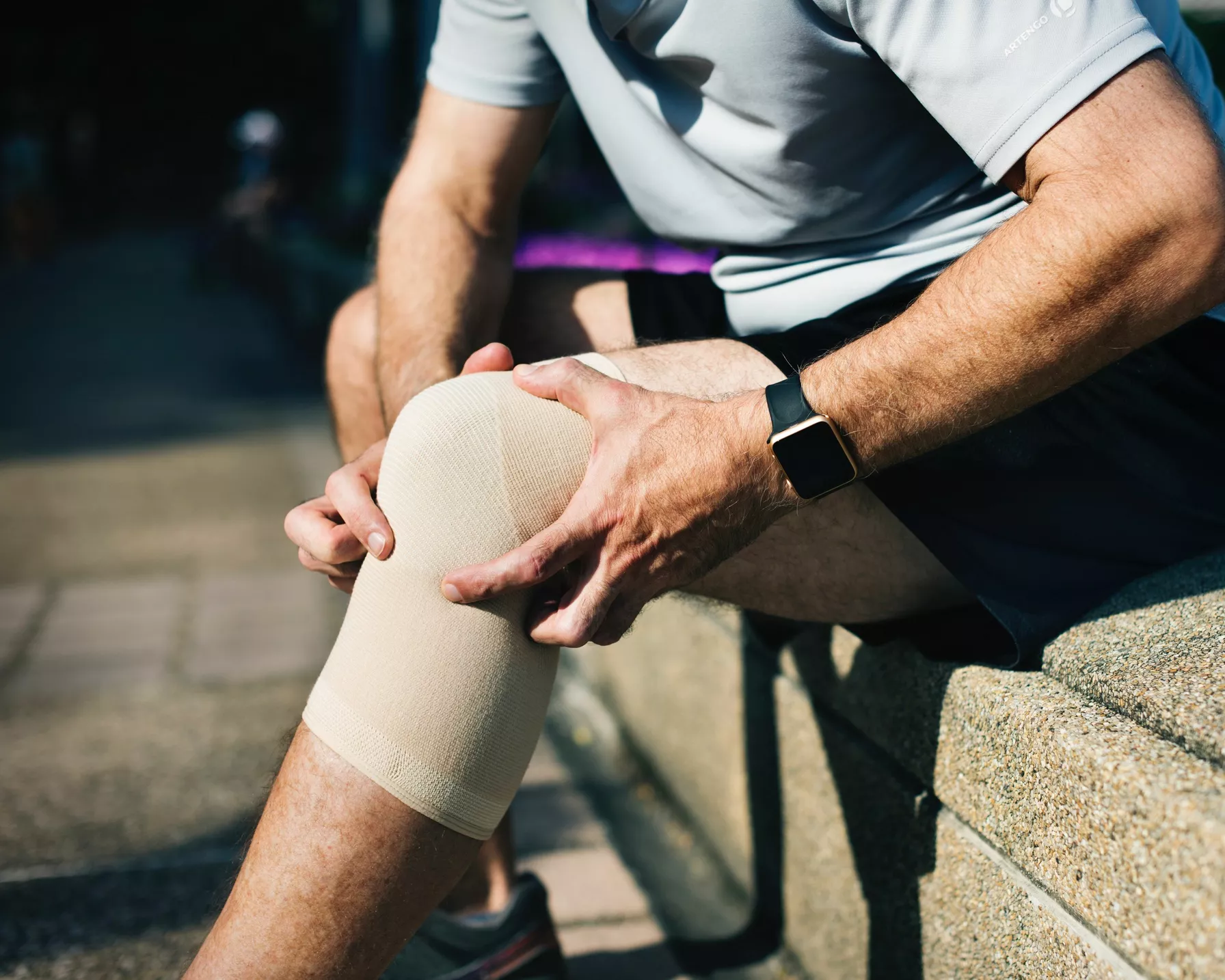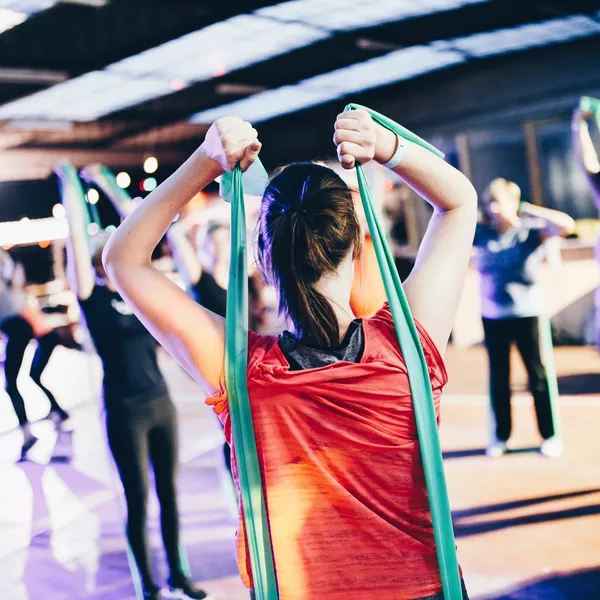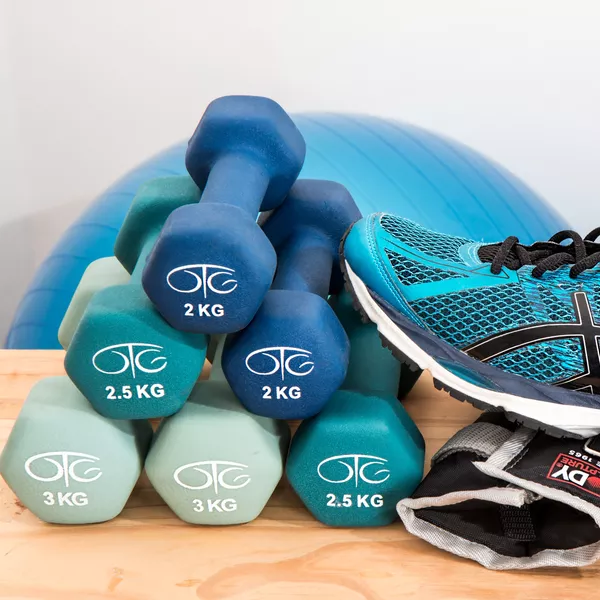
Some common injuries
Sprained ankle
Running, or even walking, outside on uneven terrain can lead to ankle sprains. But keep in mind that you also need to take care on a treadmill, especially when getting on and off, and stay attentive so you don’t step on the edge while running. When running outdoors, make sure you try to stay on even terrain or the curb, and avoid cambered roads. Also beware of sudden direction changes that occur playing some sports.
Step one for treating a sprained ankle is the PRICE protocol. But some particular warning signs that you may need to see a professional are: inability to stand on that foot because of pain, or immediate swelling and tenderness on either one of the bony lumps (medial and lateral malleoli) that stick out on either side of your ankle.
Elbow tendon injuries
Most commonly known as tennis elbow or golfer’s elbow, this is caused by excessive tension from either your forearm extensor muscles or forearm flexor muscles respectively. This pulling is directed up to where the tendon attaches at your elbow and causes pain and swelling. This is a relatively common overuse injury often ignored as a niggle that will go away, but it has the potential to become a chronic debilitating problem.
Best management for this is to rest, ice regularly, stretch the muscles gently and self-massage, wear a tennis elbow strap when doing activities that seem to aggravate it, and address your grip if you are playing a sport that requires you to use equipment such as a racquet or club. This is also a good candidate for a visit to your physiotherapist or chiropractor, as early management is key in this injury.
Lower back strain
This is one of the most common injuries, especially in those with previous experience lifting heavy weights but who have taken a break, as they expect their form and strength to be as it was in the past. These injuries are usually due to poor core activation, bad technique and weights that are too heavy. Correct technique lifting weights is extremely important, and for this reason no matter what your previous level of experience, try to have at least one session with a professional trainer to review form in all these movements. Another way to ease into it is to start with low to no weight to begin with, until you feel like you can maintain form appropriately.
As with other injuries, as soon as you feel any “tweak”, stop the exercise and do a gentle cool down and some stretches. Often the actual extent of the injury is only felt once the muscles have cooled. Ice and rest from the aggravating activity, but when it comes to backs, movement is key. Keep walking around and moving, and try not to lie down for too long as this can delay recovery and lead to muscles cramping up. See your chiropractor or physiotherapist, especially if symptoms do not abate within 2 to 3 days.
Shoulder injuries
There are two types of muscle groups in the body when it comes to moving joints: local muscles which stabilise the joints through their range of motion, and global muscles which are the big movers. In the shoulder, the local stabilisers are known as the rotator cuff. These are often neglected when one starts exercising. It is important to do small stabilising exercises for the rotator cuff so that it can support the shoulder joint appropriately when you start lifting heavier weights.
About the author
Dr Susan Tyfield
Susan Tyfield is an evidence-based chiropractor who utilises a wide range of treatment techniques and rehabilitation in her sessions and has been practicing for over 13 years.








